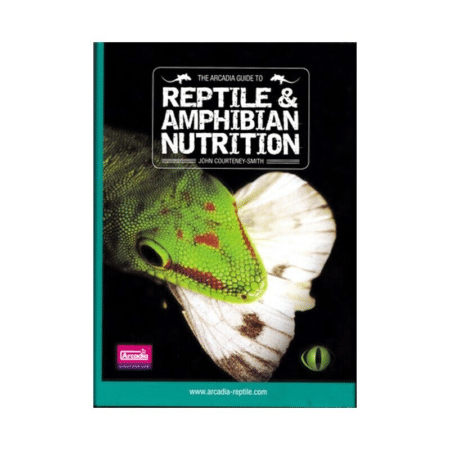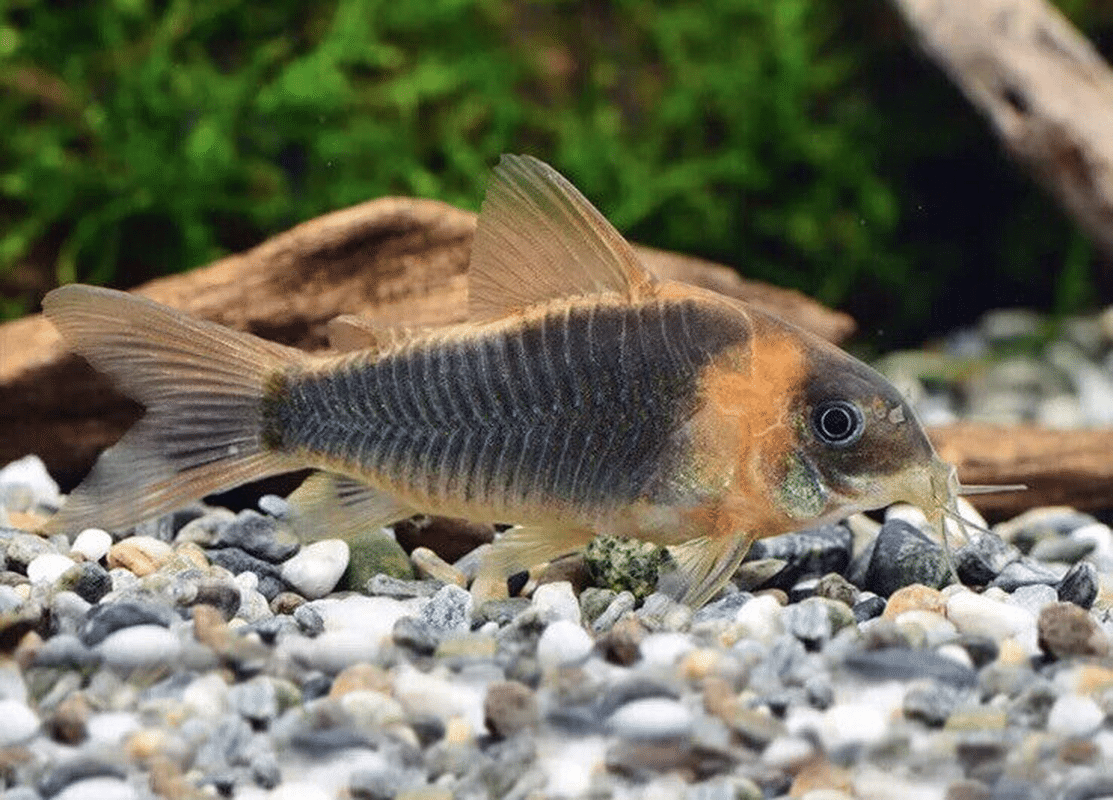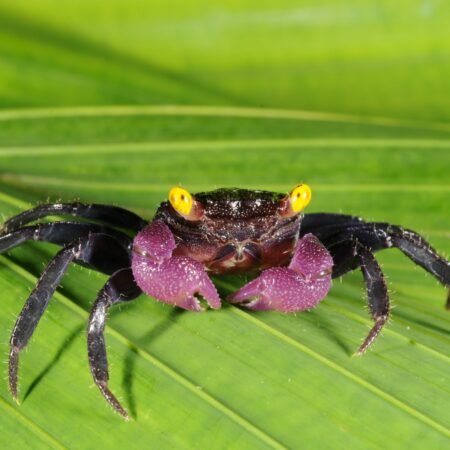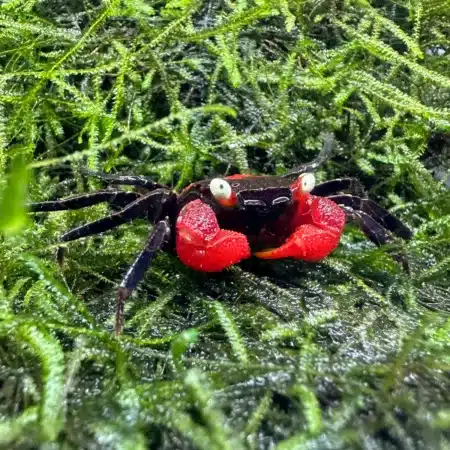To provide the best experiences, we use technologies like cookies to store and/or access device information. Consenting to these technologies will allow us to process data such as browsing behaviour or unique IDs on this site. Not consenting or withdrawing consent, may adversely affect certain features and functions.
The technical storage or access is strictly necessary for the legitimate purpose of enabling the use of a specific service explicitly requested by the subscriber or user, or for the sole purpose of carrying out the transmission of a communication over an electronic communications network.
The technical storage or access is necessary for the legitimate purpose of storing preferences that are not requested by the subscriber or user.
The technical storage or access that is used exclusively for statistical purposes.
The technical storage or access that is used exclusively for anonymous statistical purposes. Without a subpoena, voluntary compliance on the part of your Internet Service Provider, or additional records from a third party, information stored or retrieved for this purpose alone cannot usually be used to identify you.
The technical storage or access is required to create user profiles to send advertising, or to track the user on a website or across several websites for similar marketing purposes.














Emily Carter (verified owner) –
I recently added the Horseman’s Cory Corydoras Sp. Aff. Eques to my aquarium, and I couldn’t be happier with my choice! These little catfish are incredibly active and bring such personality to my tank. I purchased three of them about two months ago, and they’ve settled in wonderfully among my tetras, creating a vibrant community. Their playful nature and gentle behavior make them a perfect fit for any community aquarium.
I love watching them sift through the substrate, looking for food, and they’ve even started to establish a pecking order, which is fascinating to observe! Compared to other catfish I’ve tried, their resilience and adaptability stand out. They’re much less shy than some of my previous choices, making them a joy to watch during feeding time.
While they do enjoy the company of their own kind, I recommend keeping at least a trio to see their social behaviors shine. If you’re a caring fish parent like me, these corydoras will thrive in a well-maintained tank with plenty of hiding spots. Just ensure the water quality is excellent, as they are sensitive to poor conditions. Overall, I highly recommend them for anyone looking to add cheerful and lively fish to their setup!
Emily Carter (verified owner) –
I recently added the Horseman’S Cory Corydoras Sp. Aff. Eques to my 55-gallon tank, and I couldn’t be happier! These little guys have settled in beautifully and add so much life to my aquarium. They’re gentle, social creatures and enjoy foraging along the substrate, which helps keep my tank clean. After about two months, I’ve noticed less algae growth on my decorations thanks to their natural eating habits. Compared to my previous bottom-dwellers, these Corydoras are far more active and engaging to watch.
A tip for new owners: make sure you have a sandy substrate as they love to dig. Also, they thrive in groups, so I recommend getting at least four to ensure they feel comfortable and happy. Shipping was quick, and they arrived healthy and packed with care. I highly recommend the Horseman’S Cory for any aquarium enthusiast looking to enhance their freshwater ecosystem. They truly embody the charm and personality that make keeping fish such a rewarding hobby!